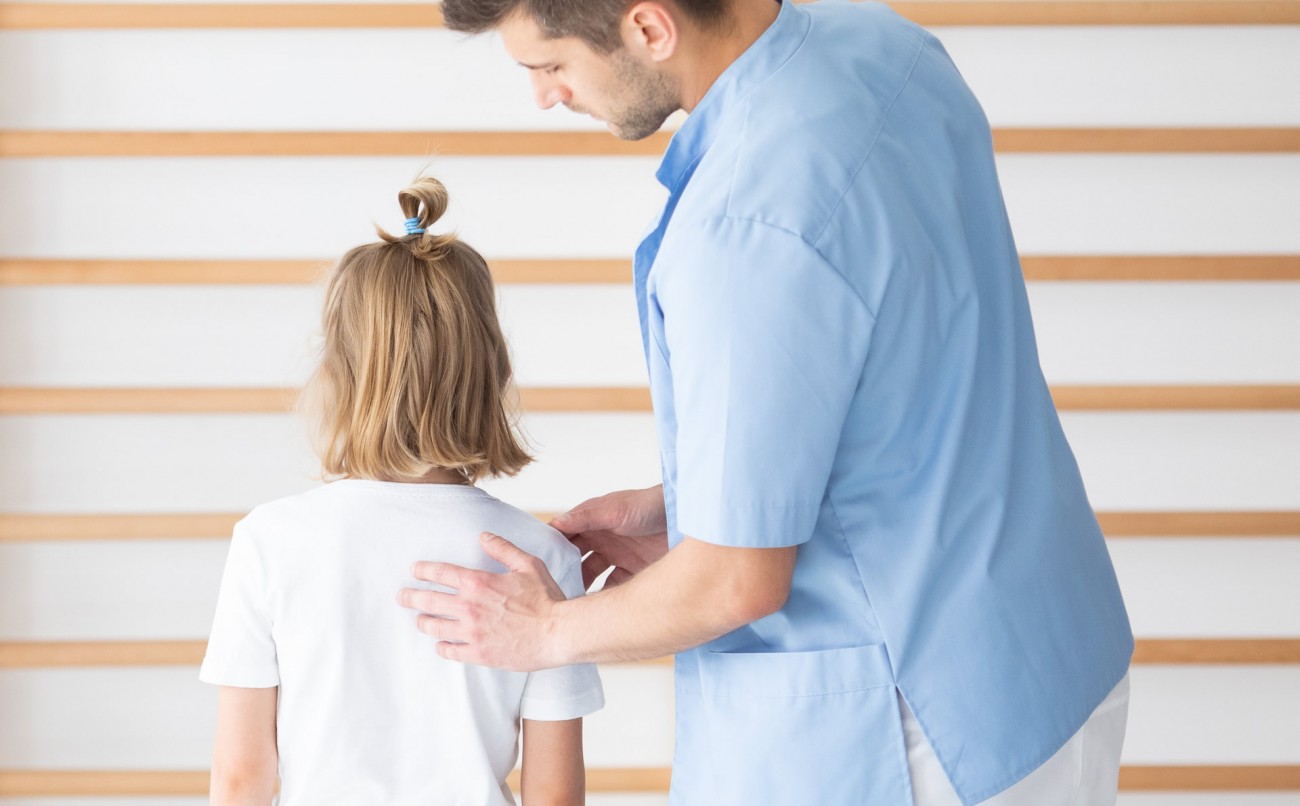
What is Scoliosis in Children? How is it Treated?
Scoliosis is a true three-dimensional curvature of the spine that exceeds 10 degrees sideways. In children, scoliosis most often appears during adolescence, during periods of rapid growth. It typically manifests as a curvature of the vertebrae in the lower back or chest area. This condition can cause the spine to form a C or S shape outside its natural alignment.
Scoliosis in children is classified into several categories. The most common type is idiopathic scoliosis, the cause of which is not entirely known.
The second most frequent type is neuromuscular scoliosis. Conditions such as cerebral palsy fall into this group.
Congenital Scoliosis: This type of scoliosis arises from abnormalities in the development of the spine or bones.
Another group is syndromic scoliosis, which accompanies various syndromes.
While the approach to each group varies, solutions should be tailored to individual patient evaluations.
The most common type, idiopathic scoliosis, is further categorized by age groups: infantile (0-2 years), juvenile (3-9 years), adolescent (10-17 years), and adult (18 years and older).
The treatment of scoliosis depends on the severity of the condition, the child's age, and other factors. The treatment plan should be managed by a team that includes the family, the child, spine surgeons, physical therapists, physiatrists, psychiatrists, and psychologists.
- Observation: In mild scoliosis cases, doctors may monitor the child's development and assess whether the curvature is increasing. This monitoring process is done every three months during rapid growth periods (the first 3 years and adolescence) and every six months until growth is complete.
- Physical Therapy: For certain scoliosis conditions, physical therapists may recommend muscle strengthening and stretching exercises along with posture correction activities.
- Bracing: Special orthoses called braces can be used to prevent the progression of scoliosis. These special braces aim to support and correct the child's spine.
- Surgical Intervention: If scoliosis is severe or other treatment methods are ineffective, surgical intervention may be considered. In growing children, surgical treatment should be performed using methods that allow for spinal growth, with definitive surgery done after growth is complete.
Each case is unique, and the treatment plan should be determined individually. Therefore, it is important to consult a specialist to determine the best treatment option for a child's scoliosis. With early diagnosis and appropriate treatment, most scoliosis cases can be managed, and the child's quality of life will not be adversely affected.
